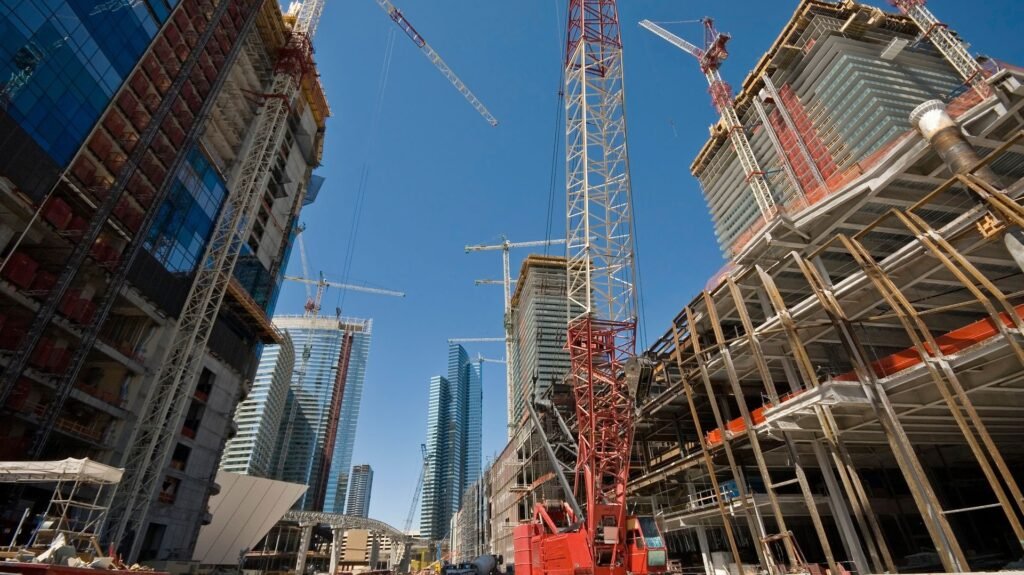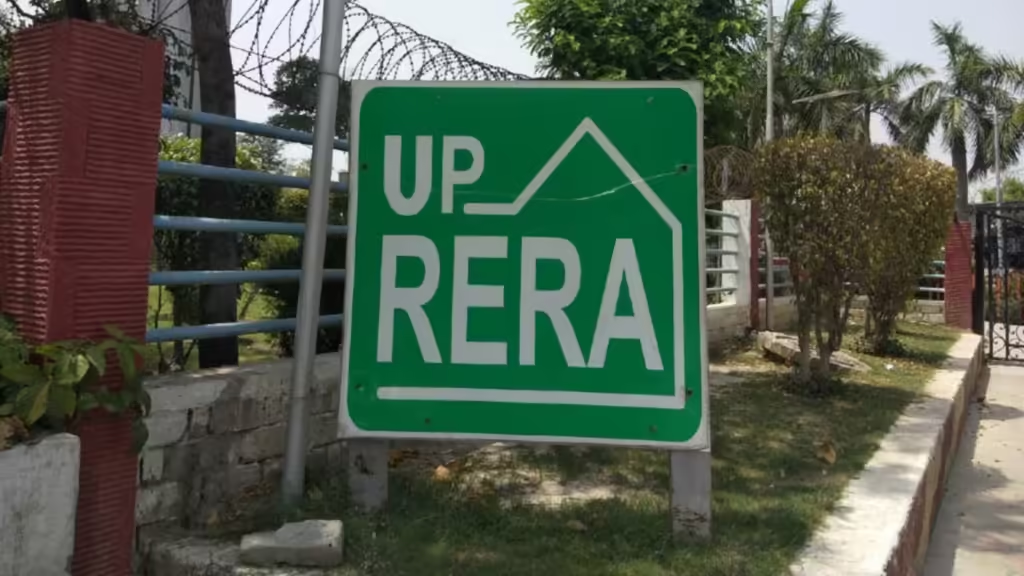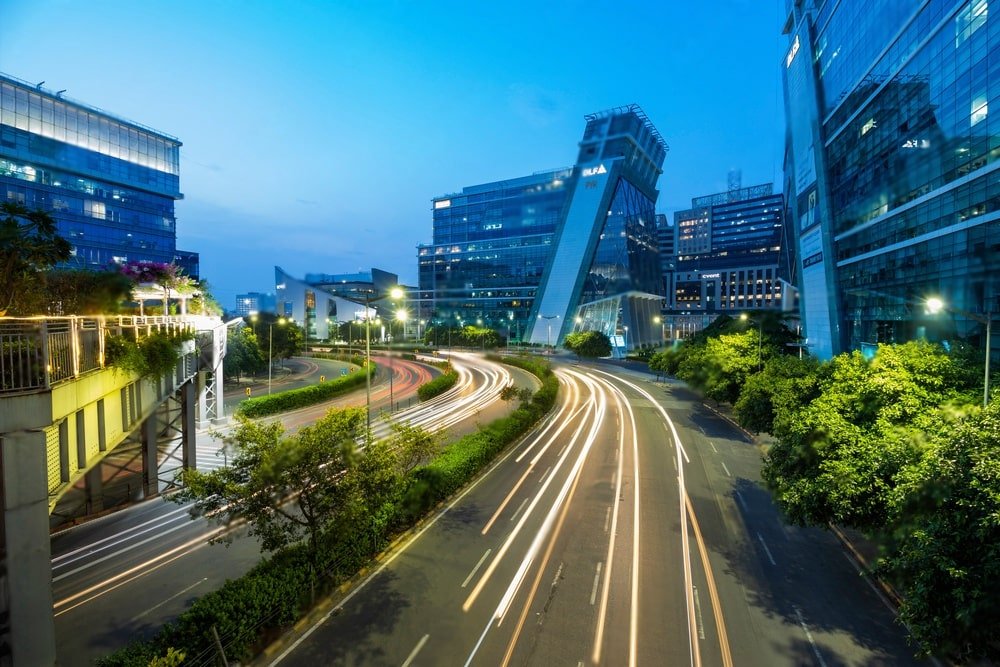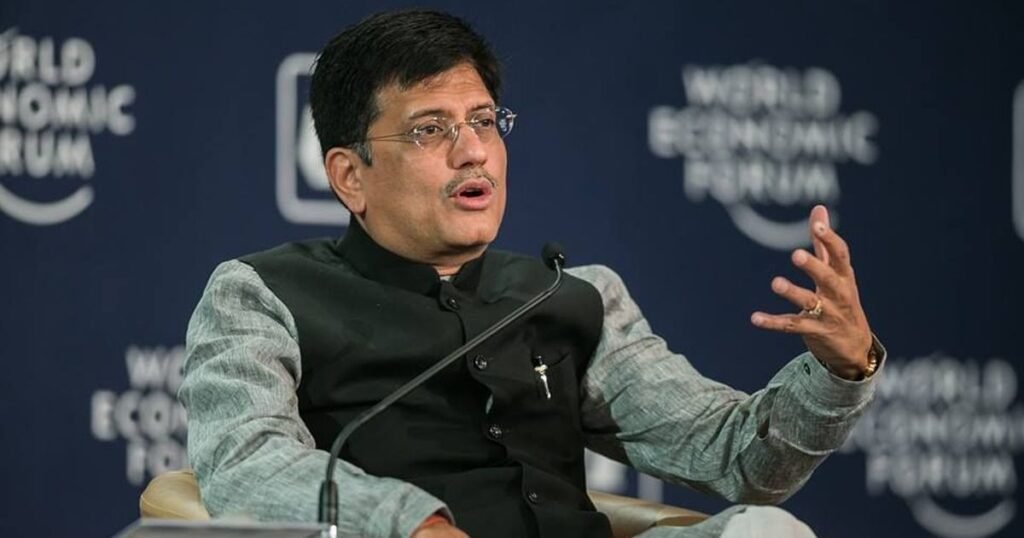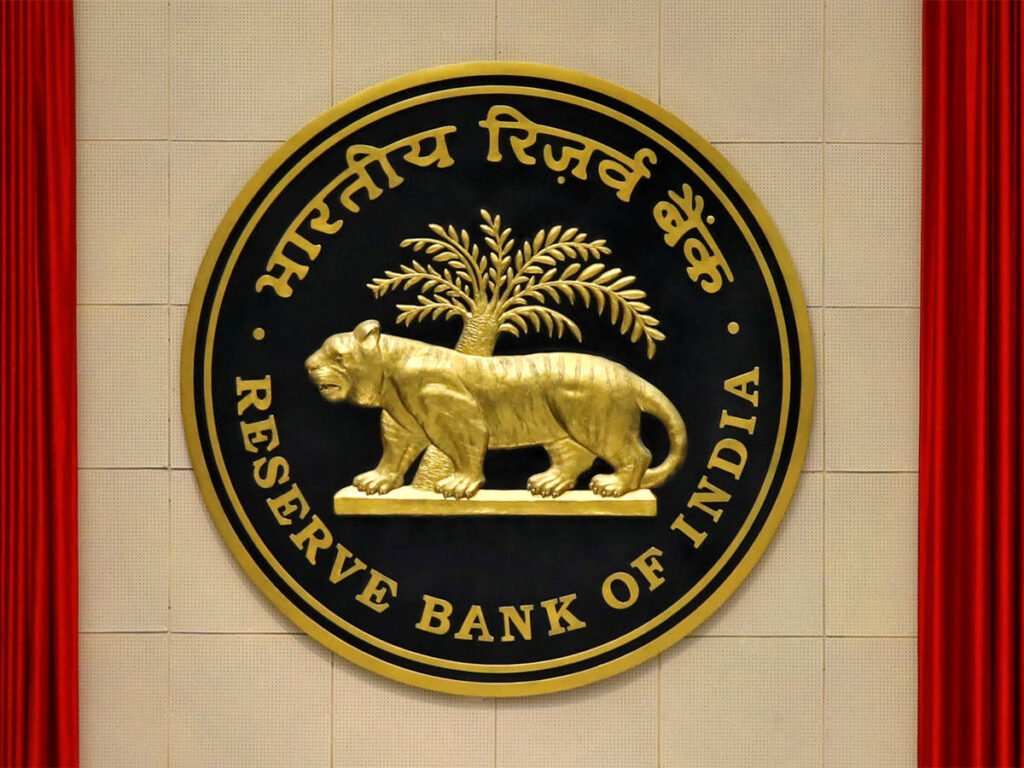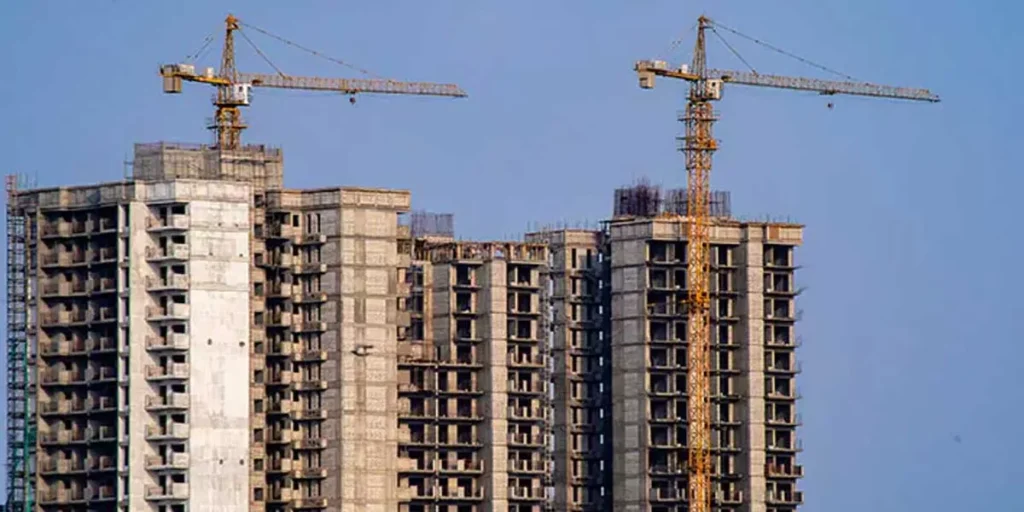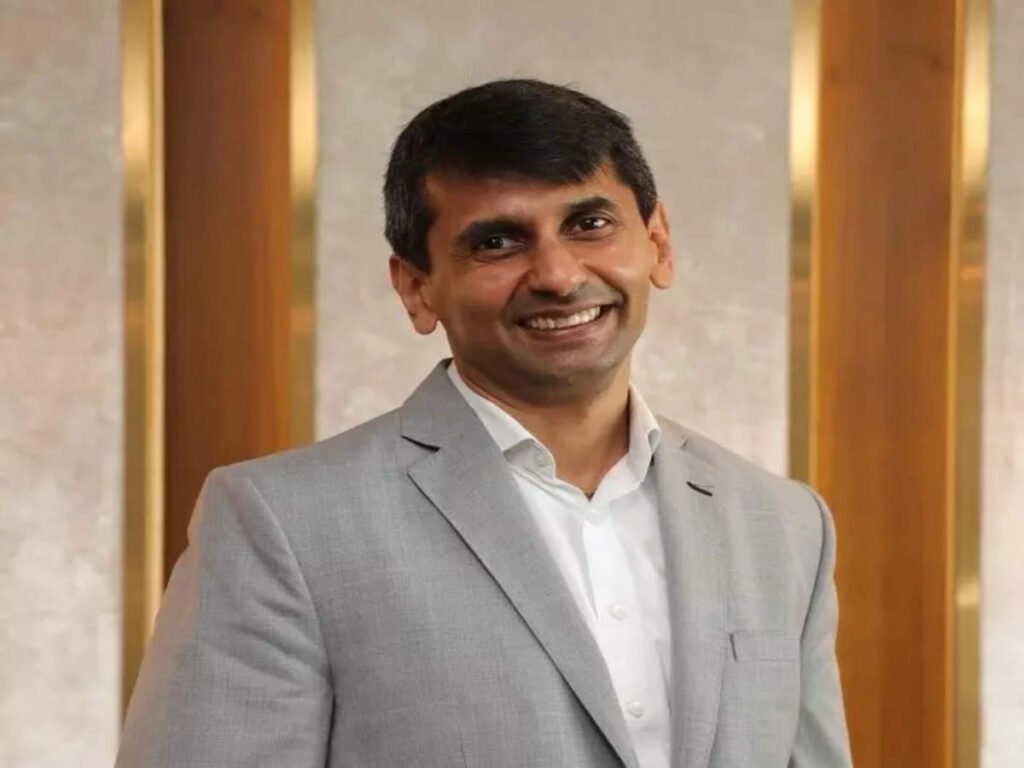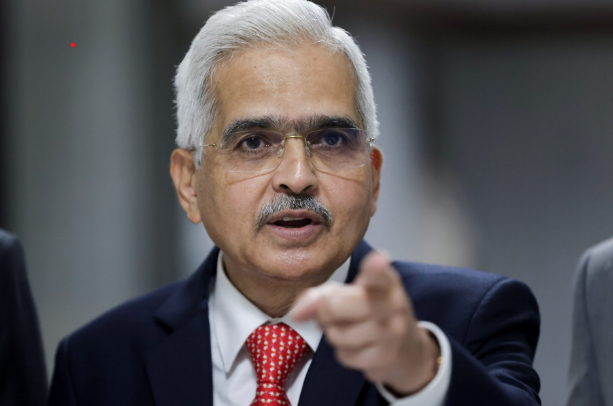The Wealth of Faith: Exploring India’s Richest Temples

Introduction: Temples as Economic Powerhouses
In India, temples are not just spiritual havens; they play a crucial role in the nation’s politics and economy. According to the National Sample Survey Organization (NSSO), the “Temple Economy” is valued at approximately ₹3.02 lakh crore (around $40 billion) and continues to grow annually. Surprisingly, some temples generate billions, significantly contributing to employment and local economies. Here’s a look at the ten richest temples in India, whose wealth surpasses the GDP of several small countries.

Padmanabhaswamy Temple: A Treasure Trove
Located in Thiruvananthapuram, Kerala, Padmanabhaswamy Temple ranks as the richest temple in India. Dedicated to Lord Vishnu, it gained fame in 2011 when six of its doors were opened, revealing treasures estimated at $20 billion. The seventh door remains unopened, rumored to hold even more wealth. The temple generates over ₹1,000 crore annually in donations, with total assets valued at ₹1,20,000 crore in 2023.

Tirupati Balaji Temple: The Pilgrimage Giant
The second richest temple, Tirupati Balaji, is perched on the Tirumala hills in Andhra Pradesh. Known for its miracles, it receives millions in offerings daily, totaling around ₹650 crore each year. With approximately 9 tons of gold and fixed deposits worth ₹14,000 crore, this temple is a beacon of faith and finance.

Shirdi Sai Baba Temple: A Spiritual Haven
Ranking third, Shirdi Sai Baba Temple attracts millions of devotees each year. Reports suggest its accounts hold around 380 kg of gold, 4,000 kg of silver, and cash reserves of about ₹1,800 crore, highlighting its substantial financial influence.

Siddhivinayak Temple: A Celeb Favorite
Located in Mumbai, Siddhivinayak Temple is a cultural icon that draws countless devotees and celebrities alike. It receives around ₹125 crore annually in donations, making it the fourth richest temple in India.

Vaishno Devi Temple: A Pilgrim Magnet
Situated in Katra, Jammu and Kashmir, the Vaishno Devi Temple is one of the most visited religious sites globally. The temple generates approximately ₹500 crore each year, significantly boosting the local economy through the influx of pilgrims.

Jagannath Temple: A Grand Festival
In Puri, Odisha, the Jagannath Temple is renowned for its annual Rath Yatra, attracting millions. This temple is estimated to hold around 100 kg of gold and silver, with a steady stream of devotees contributing to its wealth.

Kashi Vishwanath Temple: A Spiritual Landmark
In Varanasi, Kashi Vishwanath Temple is a major pilgrimage site, drawing millions of visitors. It garners between ₹4 to 5 crore annually in donations, reinforcing its status as a significant religious institution.

Somnath Temple: A Historical Marvel
Located in Gujarat, Somnath Temple is one of the twelve Jyotirlingas and has been historically significant, enduring multiple invasions. The temple continues to receive considerable donations annually.

Meenakshi Temple: A Southern Gem
The Meenakshi Temple in Madurai is another prominent temple, welcoming thousands daily. With an estimated annual donation of ₹6 to 7 crore, it stands as a major religious and cultural center in South India.

Sabarimala Ayyappa Temple: A High-Altitude Pilgrimage
Located in Kerala, Sabarimala Ayyappa Temple attracts around 10 crore pilgrims yearly. Despite controversies regarding entry restrictions, the temple collects approximately ₹250 crore during the pilgrimage season.
Temples as Economic Engines
These temples not only symbolize faith but also serve as significant economic contributors, providing jobs and boosting local economies. As they continue to thrive, their impact on India’s socio-economic landscape remains profound.

 English
English 
















































